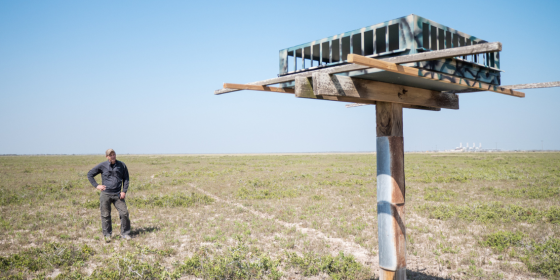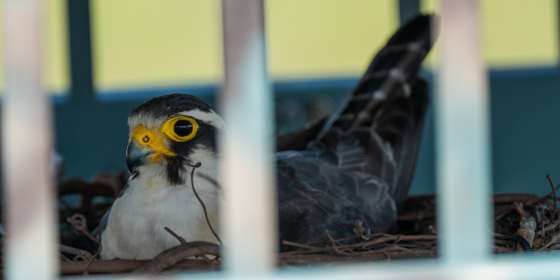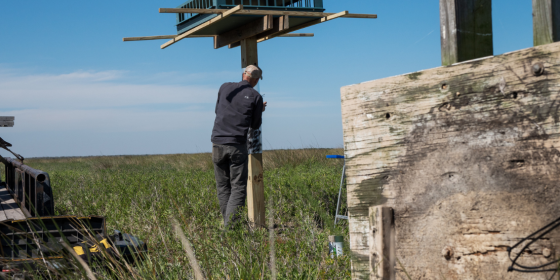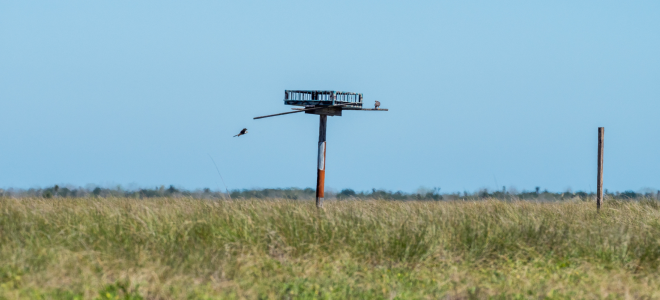Aplomado Falcons rely on natural nests built by other grassland-reliant species, which have declined with habitat loss and other threats. The encroachment of woody vegetation has also facilitated the range expansion of Great Horned Owls, a major predator to Aplomado Falcons and their young. The lack of suitable nests and increased risk of predation proved to be a major threat to the population.

Paul Juergens
Restoring a vanished species
Our Solutions

Paul Juergens
Our Solutions

Paul Juergens







